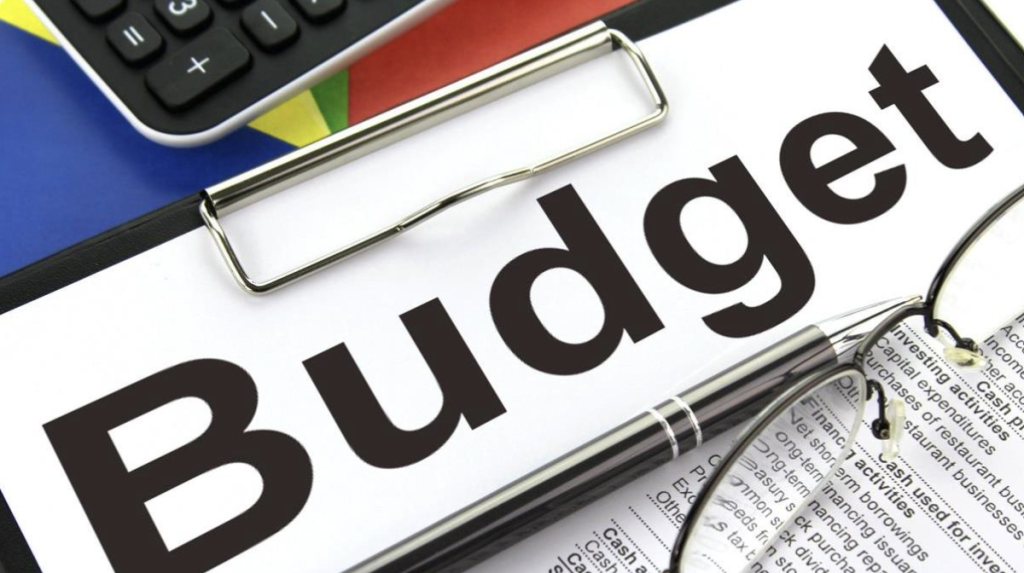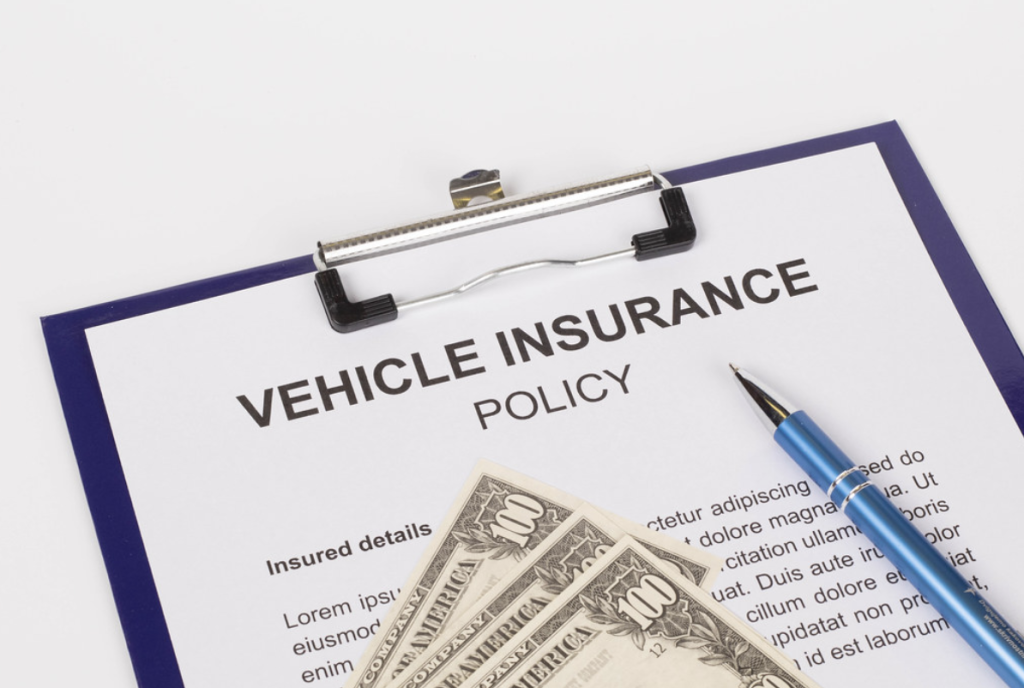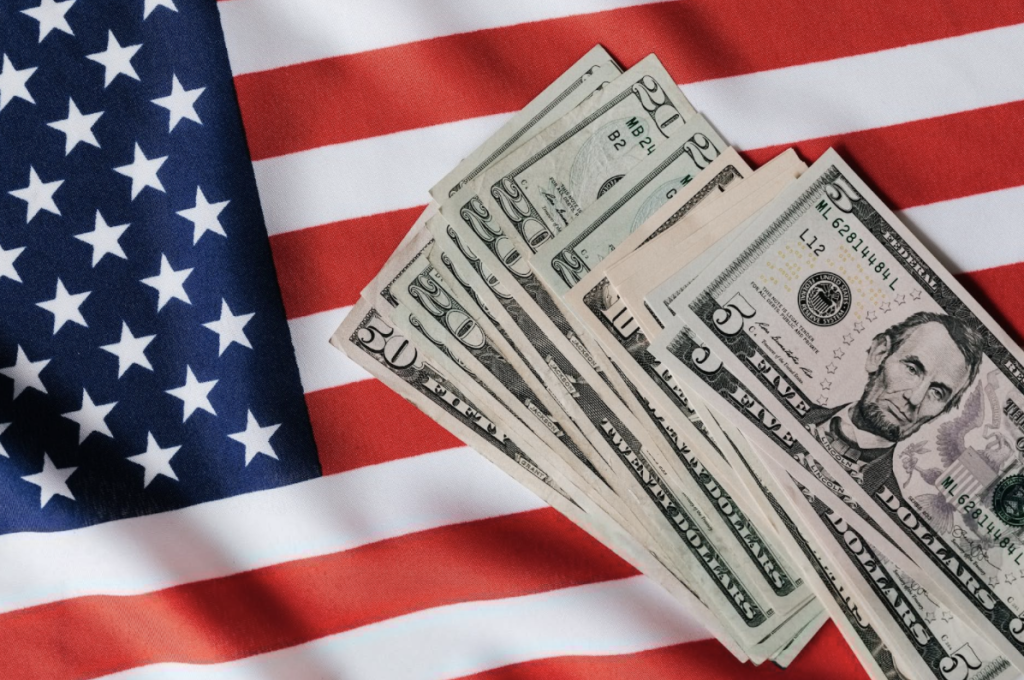It is illegal in America to drive in an uninsured car. However, getting auto insurance from a private company can be very costly. With minimum wages as low as $7.25 per hour, only a few people can afford to pay for expensive insurance. But, since they have to abide by the state law, the majority of the low-income individuals have to spend their hard-earned money on insurance payments instead of basic needs.
If you are also having difficulties paying off your insurance because of financial issues, then you can look for cheap insurance options. One great option is government car insurance for low-income individuals. This is a government-backed insurance policy created to help people with low wages.
We interviewed Laura Adams, Insurance & Finance Analyst at AutoInsurance.org, to learn more about government car insurance for low-income individuals. Laura Adams is one of the nation’s leading finance, insurance, and small business authorities. She gave us some helpful tips that you can use to save money and get great coverage.
If you are interested in knowing more about government car insurance, then continue reading.
What is Government Car Insurance for Low-Income?

Government car insurance is a government program that provides low-income persons with subsidized car insurance. Even when private insurance programs claim to be economical, government car insurance provides lower rates than any private insurance coverage. The goal of government automobile insurance is to help people who are already struggling financially because of low salaries.
States Offering Government Car Insurance

The state’s approach to assisting its low-income citizens is admirable. Nevertheless, not all states provide low-income residents with auto insurance. Only three states, Hawaii, California, and New Jersey, offer the policy. Each one has its own set of eligibility regulations for government-backed car insurance, which we’ve outlined below:
#1: Hawaii Auto-Insurance Policy
The private car insurance coverage of Hawaii is around $829. However, the state of Hawaii provides cheaper car insurance for eligible people. The state also provides free car insurance to people in its Aged, Blind, and Disabled (AABD) program.
The eligibility criteria for Hawaii’s government car insurance program are quite particular. It only provides assistance to people who fulfill the following requirements:
- Be a resident of the State of Hawaii
- Have a valid state driver’s license
- Member of federal supplemental security income (SSI) or another financial assistance program
#2: California Auto-Insurance Policy
The cost of private car insurance in California is around $1,034 on average. California provides a government car insurance policy, also termed as California Low-Cost Auto Insurance Program (CLCA).
The eligibility criteria are fairly simple:
- The income and number of people in the household ( $32,000 for 1 person to $77,600 for 5 persons)
- Must be of over 16 years of age
- Valid state driver’s license
- Own a vehicle of no greater than $25,000 of value
- Good driving record
#3: New Jersey Auto Insurance Policy
In the state of New Jersey, the cost of private car insurance is $1,386 on average. New Jersey has two programs that provide government car insurance to its citizens. They are Special Automobile Insurance Policy (SAIP) and New Jersey Personal Automobile Insurance Plan (NJ PAIP). The latter of the two provides better financial coverage but is more costly, and the former is a “dollar a day” auto insurance program.
The eligibility criteria are very straightforward:
- Be currently uninsured
- Be currently enrolled in a Medicaid program that covers medical expenses.
The End Note:
Due to the high cost of insurance, many people search for cheaper options. The government car insurance program is an affordable option if you are eligible. At AutoInsurance.org, you can find car insurance according to your budget.

